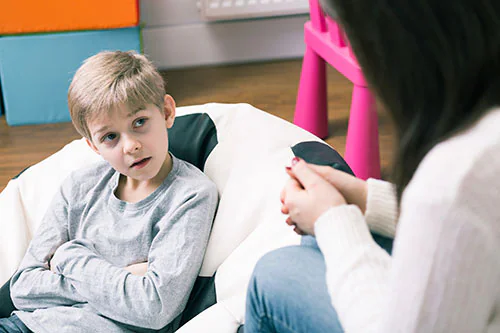How to improve a child’s mental health?

How to improve a child's mental health?
How to improve a child’s mental health?
Promoting the mental health and wellbeing of children and young people is essential for their safety, development, and future success.
This proactive approach ensures that they are equipped to achieve positive outcomes as they transition into adulthood (Public Health England, 2021).
The Significance of Mental Health: Mental health is a crucial component of a child’s overall wellbeing. Various factors can influence a child’s mental health, including:
- Abuse and Neglect: Exposure to abuse or neglect can have profound negative impacts on a child’s mental health, leading to long-term psychological issues.
- Family Circumstances: The dynamics within a family, such as parental relationships, socioeconomic status, and support systems, significantly affect a child’s mental health.
- Environment: A child’s immediate environment, including their home, school, and community, plays a vital role in shaping their mental health.
- Stress: High levels of stress from academic pressures, family issues, or social situations can negatively impact a child’s mental wellbeing.
- Loneliness or Social Isolation: Feeling lonely or socially isolated can lead to mental health issues like depression and anxiety in children.
Impact of Experiences on Mental Health:
- Negative Experiences: Experiences such as bullying, trauma, or unstable family life can adversely affect a child’s mental health, potentially leading to issues like anxiety, depression, and behavioral problems.
- Positive Experiences: Conversely, positive experiences such as supportive family relationships, safe environments, and social connections can enhance a child’s mental health, fostering resilience, confidence, and overall wellbeing.
Promoting the mental health and wellbeing of children is vital for their current and future health. By addressing and mitigating negative factors while fostering positive experiences, we can help children develop into healthy, well-adjusted adults capable of achieving their full potential.


















2 thoughts on “How to improve a child’s mental health?”
Comments are closed.